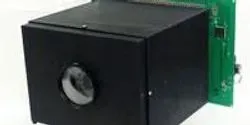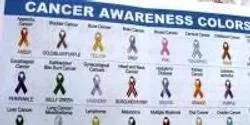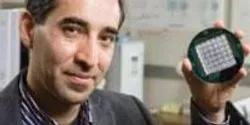News

A research team led by Shree K. Nayar, T.C. Chang Professor of Computer Science at Columbia Engineering, has invented a prototype video camera that is the first to be fully self-powered—it can produce an image each second, indefinitely, of a well-lit indoor scene. They designed a pixel that can not only measure incident light but also convert the incident light into electric power. The team is presenting its work at the International Conference on Computational Photography at Rice University in Houston, April 24 to 26.

A newly developed spectroscopy method is helping to clarify the poorly understood molecular process by which an anti-HIV drug induces lethal mutations in the virus’ genetic material. The findings from the University of Chicago and the Massachusetts Institute of Technology could bolster efforts to develop the next generation of anti-viral treatments.

Take a material that is a focus of interest in the quest for advanced solar cells. Discover a "freshman chemistry level" technique for growing that material into high-efficiency, ultra-small lasers. The result, disclosed today (Monday, April 13) in Nature Materials, is a shortcut to lasers that are extremely efficient and able to create many colors of light.

Research from the University of Manchester using cutting edge computer analysis reveals that despite mutating, Ebola hasn’t evolved to become deadlier since the first outbreak 40 years ago.

















